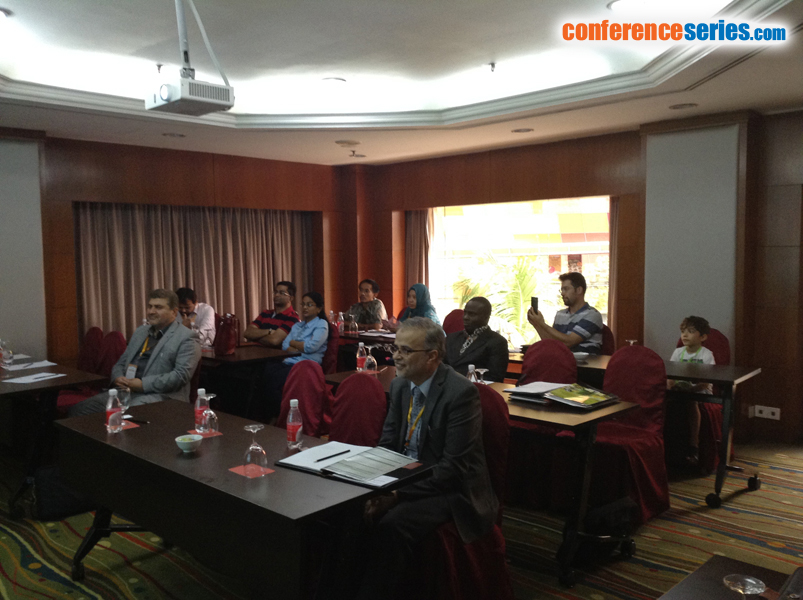
Saad Tayyab
University of Malaya, Malaysia
Title: Transport of natural bioactive compounds in human blood circulation
Biography
Biography: Saad Tayyab
Abstract
Statement of the Problem: Several bioactive constituents of medicinal plants have been shown to possess various therapeutic properties, such as anticancer, antimicrobial, antiviral, anti-inflammatory, hepatoprotective, antioxidant, antinociceptive, antidermatophytic and immunostimulatory activities. Pharmacokinetic and pharmacodynamic properties of a therapeutic compound may be greatly influenced by its binding to the transport proteins in human blood circulation. The purpose of this study was to characterize the interaction of three pharmacologically active phytochemicals from the Zingiberaceae family, namely, flavokawain B (FB), pinostrobin S (PS) and 6-shogaol (6S) with the major transport protein, human serum albumin (HSA) of human blood circulation.
Methodology: Spectroscopic techniques such as fluorescence and circular dichroism along with molecular docking were used to study the binding characteristics of flavonoid-HSA interaction, identification of the binding site and the effect of binding on protein structure and stability.
Findings: These ligands were found to form a complex with the protein through moderate binding affinity as the values of the binding constants were found to fall in the range of 104-105 M-1. The complexes were supposed to be stabilized by hydrophobic and van der Waals forces along with hydrogen bonds. Binding of these compounds to HSA increased protein’s thermal stability but produced microenvironmental alterations around protein fluorophores. Whereas FB and PS exhibited binding preference towards site I, 6S was demonstrated to bind both sites I and II, as revealed by competitive drug displacement results and molecular docking analysis.
Conclusion & Significance: Binding characteristics of these compounds were for the most part similar and comparable to many other phytochemicals. Investigations on the binding of such therapeutic compounds to HSA are of importance in understanding chemico-biological interactions in clinical research and drug design. These results may be helpful in predicting the pharmacokinetic profiles of FB, PS and 6S as well as other structurally similar molecules.



